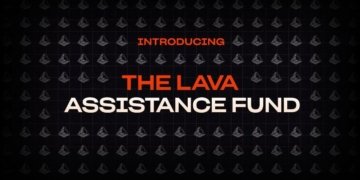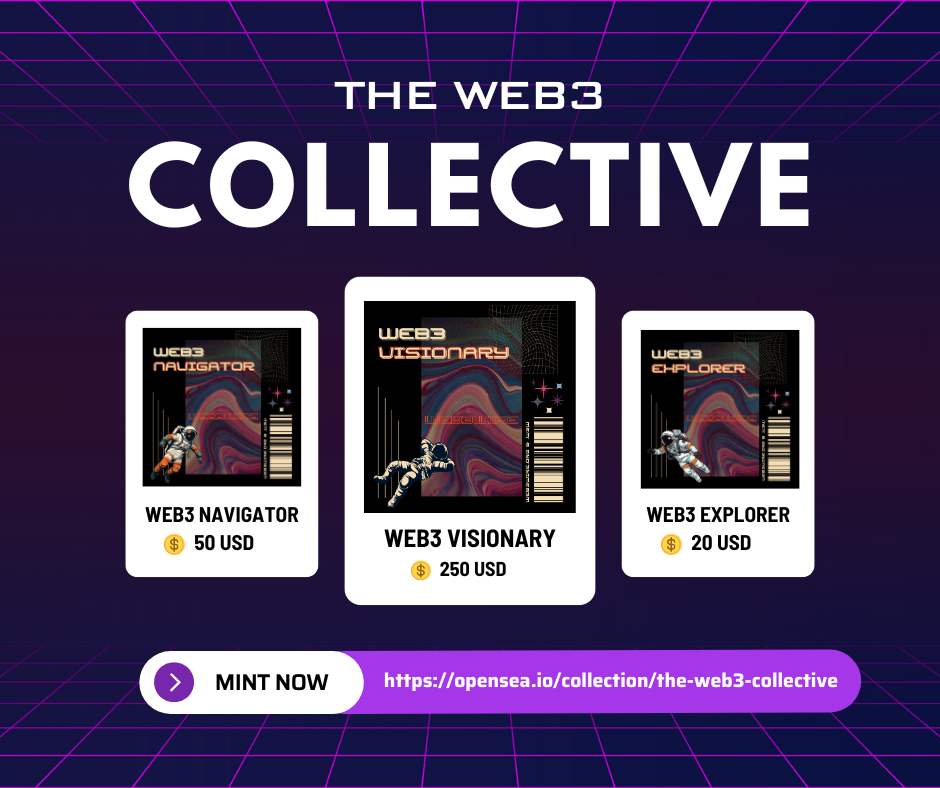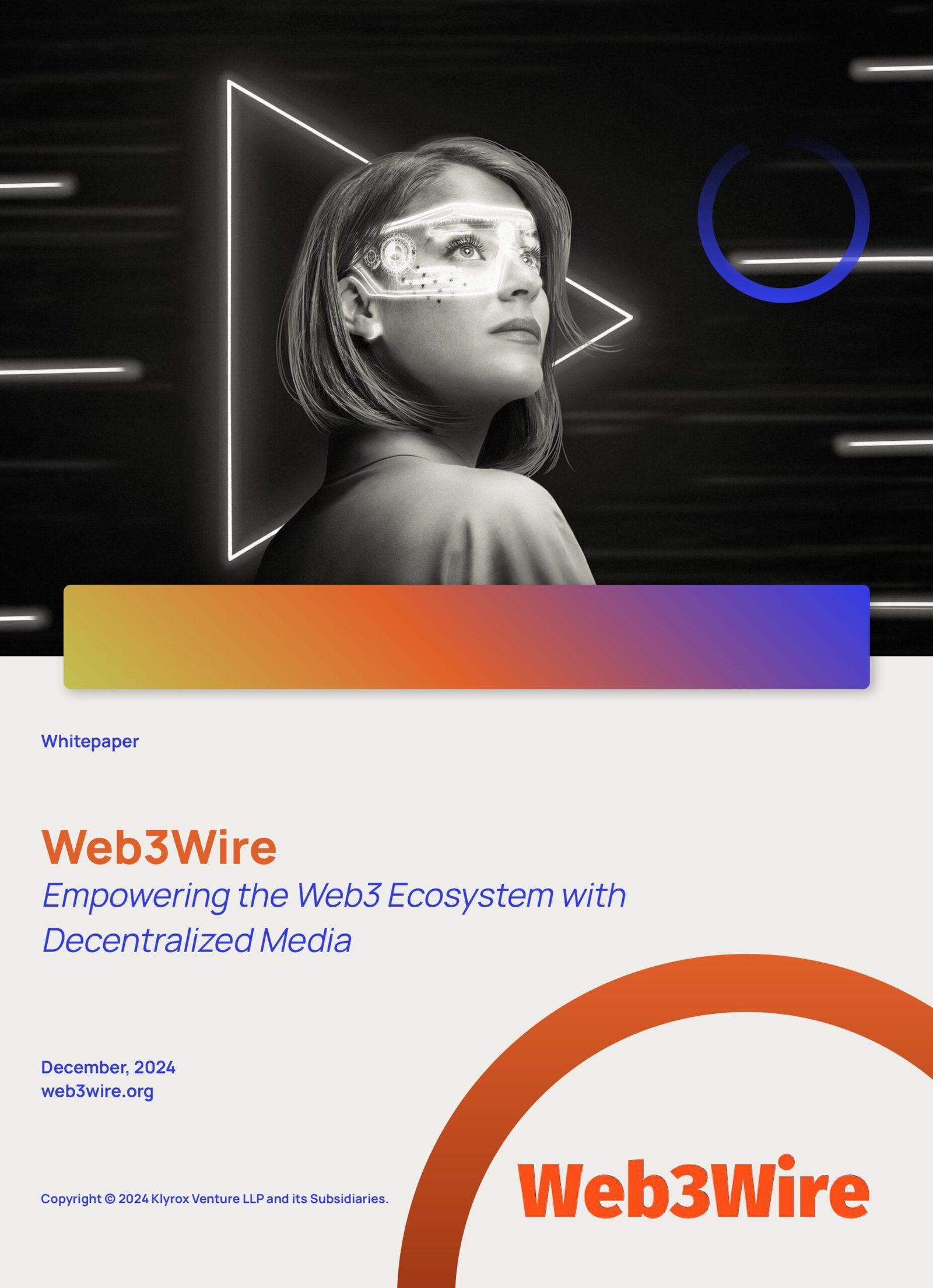
Integrating B2B Content and SaaS Solutions for Web3 Success
The digital landscape is evolving rapidly with the advent of Web3 technologies. As this new era of the internet unfolds, businesses are exploring innovative ways to leverage its potential. One promising approach is the integration of Business-to-Business (B2B) content strategies with Software-as-a-Service (SaaS) solutions. This combination can reshape industries by enhancing collaboration, streamlining operations, and unlocking new opportunities for growth. In this article, we will delve into how B2B content and SaaS can be harmoniously integrated to achieve transformative results in the Web3 space.
Understanding Web3: A New Internet Paradigm
Before we discuss the integration, it’s essential to grasp the concept of Web3. Web3 represents the next phase of the internet, characterized by decentralization, blockchain technology, and enhanced user control over data. Unlike its predecessor, Web2, which relied heavily on centralized platforms, Web3 shifts power back to users and enables direct, peer-to-peer interactions.
- Decentralization of data and services.
- Enhanced security and privacy for users.
- Empowerment through ownership of personal data.
- Interoperability across various blockchain networks.
These features provide an unprecedented level of trust and transparency, paving the way for innovative business models and enhanced customer experiences.
Confluence of B2B Content and SaaS
The intersection of B2B content and SaaS in the Web3 environment offers several strategic advantages. Content-driven SaaS platforms can enhance decision-making, customer engagement, and efficiency. The following sections will outline the synergistic benefits of this convergence.
Enhancing Customer Engagement
B2B companies thrive on meaningful customer interactions. By integrating content strategies into SaaS solutions, businesses can:
- Personalize User Experiences: Utilize data-driven insights to deliver tailored content solutions that resonate with individual user preferences.
- Build Trust through Transparency: Offer informative content that demystifies complex processes and technologies, fostering trust with clients and partners.
- Streamline Communication: Leverage automated tools and platforms to facilitate seamless communication and collaboration in real-time.
These elements work together to create a more cohesive and engaging customer journey, ultimately driving retention and growth in Web3 markets.
Facilitating Informed Decision-Making
The vast amount of data available in the Web3 ecosystem provides valuable insights for B2B companies. Here’s how integrated content and SaaS solutions can aid decision-making:
- Data-Driven Content Creation: Use analytics to generate relevant and impactful content that informs business strategies and market approaches.
- Real-Time Analytics: Provide stakeholders with up-to-the-minute data, allowing for agile and informed decision-making processes.
- Visualization Tools: Implement interactive dashboards and visualization tools that simplify complex data sets for easy interpretation.
With these capabilities, businesses can adopt a proactive stance, leveraging data insights to remain competitive and adaptive in the Web3 space.
Streamlining Operations
Efficiency is essential for business success, and an integrated approach can streamline operations across the board:
- Automation of Routine Tasks: Utilize SaaS platforms to automate repetitive processes, freeing up resources for strategic initiatives.
- Seamless Integration: Ensure that different systems and platforms within the business ecosystem can communicate and function together efficiently.
- Optimized Resource Management: Allocate resources effectively based on comprehensive data analysis and operational insights.
By reducing operational redundancies and facilitating efficient workflows, organizations can maximize productivity and focus on innovation.
Navigating Challenges in B2B Content and SaaS Integration
While the prospects are promising, businesses must also be cognizant of potential challenges. These hurdles may include:
- Data Privacy Concerns: Ensuring the protection of sensitive information in a decentralized environment can be complex.
- Technical Complexity: Integrating new technologies with existing systems requires careful planning and execution.
- Adoption Barriers: Encouraging stakeholders to embrace new paradigms and tools can require change management strategies.
Overcoming these obstacles requires a well-thought-out approach, involving the alignment of organizational goals with technological capabilities and robust security protocols.
Conclusion: Embracing the Future with Confidence
The integration of B2B content and SaaS solutions within the Web3 framework presents a significant opportunity for innovation and growth. By harnessing the power of decentralized technology and combining it with sophisticated SaaS platforms, businesses can enhance customer engagement, facilitate decision-making, and streamline operations in unprecedented ways.
As Web3 evolves, companies that embrace this integration with a strategic vision will be well-positioned to lead in their industries. By investing in seamless, data-driven, and user-centric experiences, these businesses can confidently navigate the complexities of the digital future and thrive in a decentralized landscape.
By investing in seamless, data-driven, and user-centric experiences, these businesses can confidently navigate the complexities of the digital future and thrive in a decentralized landscape.
“`


















